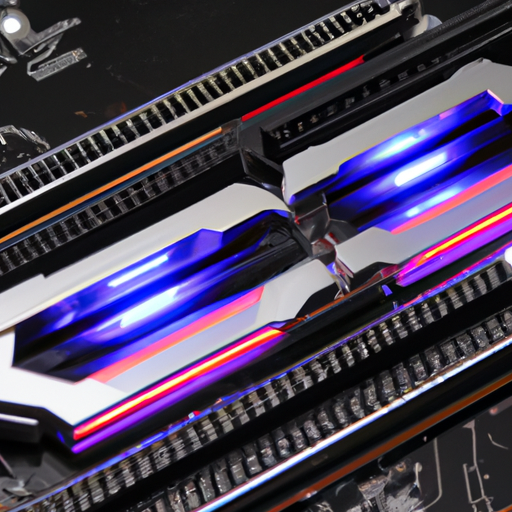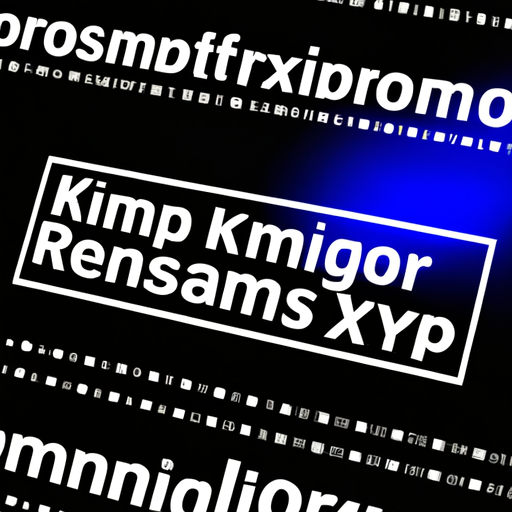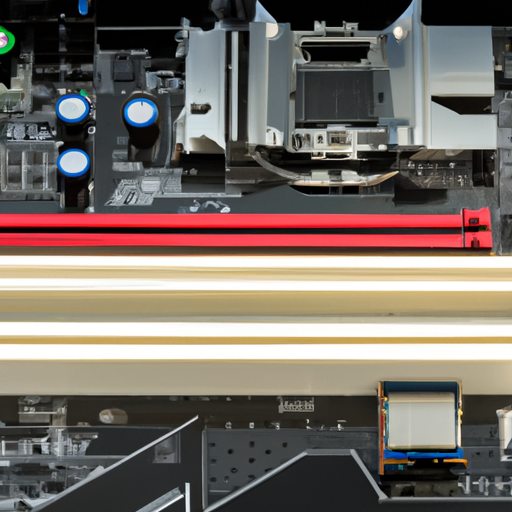Note: As an Amazon Associate we earn from qualifying purchases.
My impressions of the G.SKILL Trident Z5 RGB DDR5 96GB 6400MT/s CL32 memory (2024)
Introduction
I recently upgraded my PC with the G.SKILL Trident Z5 RGB DDR5 96GB 6400MT/s CL32 memory kit. For my data science needs I need good performance and much memory to store and process data. The memory serves this purpose very well: more on this below.
Specifications
| Property | Value | Property | Value |
|---|---|---|---|
| Brand | G.Skill | Computer Memory Size | 96 GB |
| RAM Memory Technology | DDR5 | Memory Speed | 6400 MT/s |
| Compatible Devices | Desktop |
Prices
Check prices of the G.SKILL Trident Z5 RGB 96GB DDR5 on:
Technical Specifications and Design

When it comes to sprucing up my PC, I always look for components that strike a balance between high-end performance and aesthetic appeal. The G.SKILL Trident Z5 RGB DDR5 96GB 6400MT/s CL32 caught my eye not just for its impressive technical specs but also for its design finesse. Here’s a look at what makes this memory kit stand out:
Memory Size: 96 GB is massive, ensuring I have more than enough headroom for memory-intensive tasks.
Speed: 6400 MT/s is on the upper echelon of what DDR5 offers, promising to keep up with my multitasking and gaming needs.
Latency: CL32 is decent for DDR5, though not the lowest available. Still, it offers a sweet spot for high-speed operations.
Voltage: Operating at 1.35V, it strikes a balance between performance and energy efficiency.
The Trident Z5 RGB Series is tailor-made for newer platforms, like Intel Z790, and my experience reflects that. Its sleek heat spreader design, coupled with the striking RGB lighting, adds a touch of elegance that is hard to miss. Not only does it perform well, but with customizable RGB options, it’s also a visual treat inside my case.
While I appreciate the high-quality aluminum build and XMP 3.0 profile support, which simplifies overclocking, it’s not all smooth sailing. The kit’s overclocking potential is noteworthy, but achieving the advertised speeds does rely on motherboard and CPU compatibility. I had a bit of a hiccup with initially booting at lower speeds and faced some BIOS tweaking challenges. Still, with some patience, I got it humming at the rated speeds, and it’s since been a reliable performer.
Another point worth noting is that while the 96GB option offers an incredible amount of memory, it can be overkill for average users. Moreover, the price point might be a bit steep for those who don’t require such high specs. But, if you’re like me, working with large datasets or 3D rendering projects, the investment feels justified.
I also had to grapple with occasional RGB software conflicts, but again, it’s a manageable inconvenience for the performance payoff. Overall, the Trident Z5 RGB DDR5 memory kit has taken my build to a new level of efficiency and style. Just make sure your setup is compatible to avoid any potential headaches with installation or achieving the desired XMP profiles.
Performance and Overclocking Insights

As an avid PC builder, I’ve recently had the chance to experiment with the G.SKILL Trident Z5 RGB DDR5 96GB 6400MT/s CL32 kit, pushing my system’s capabilities to new horizons. Here’s an overview of my hands-on experience in terms of performance and overclocking:
Compatibility: Before purchasing, I checked the G.Skill QVL and confirmed motherboard compatibility, crucial for a seamless DOCP or XMP experience.
XMP Profiles: Enabled the XMP profile in BIOS, but noted performance may hinge on individual motherboard and CPU combos.
Stability Testing: Running MemTest86, I ensured the overclock was stable, particularly important for my high-performance needs.
The Trident Z5 has worked wonders when it comes to overclocking, thanks to its XMP 3.0 profiles. The ability to reach speeds of 6400 MT/s ensures that applications demanding fast memory are catered to with ease. This is particularly noticeable when working on large datasets and complex calculations, as the generous 96GB of high-speed DDR5 memory keeps up without a hitch.
However, it hasn’t all been smooth sailing. I encountered some roadblocks with overclocking stability, specifically when all four DIMM slots were used. On a system like mine that uses a MSI MEG Z790 ACE motherboard with an i9-13900K CPU, reducing the clock speed was necessary for stability with a 192GB configuration, but at a 96GB configuration, it operated flawlessly at the advertised CL32/6400 MHz speeds.
A recurring note in my observations is that enabling the rated XMP overclocking speeds can be somewhat of a lottery, depending on your specific hardware combination. For example, while ASUS motherboards are known to be finicky with certain XMP profiles, I managed to get my setup running at 6400MT/s after a few BIOS tweaks. It’s encouraging that G.SKILL provides a comprehensive QVL list, which is a valuable resource for ensuring compatibility.
Another highlight is the impressive heat dissipation design, which has kept my modules cool even under duress. The sleek RGB lighting has been a visual treat, though on occasions, I’ve had to wrangle with software conflicts between different RGB control programs. The customization options for lighting are a nice touch, but remember that this might require some patience to configure alongside other RGB peripherals.
In terms of raw performance, once dialed in correctly, the Trident Z5 has provided a noticeable boost in workflows that are memory-intensive, like video editing and 3D rendering. Despite the aforementioned hiccups, the performance uptick does edge out the minor drawback of some extra setup time.
To sum up, if you’re considering a memory upgrade and your workflow benefits from high-speed and large capacity RAM, and you’re willing to potentially tinker a bit to achieve stable overclocking, the Trident Z5 RGB series delivers on its promises, with full support from a manufacturer that recognizes the importance of compatibility and performance.
Compatibility and Installation Experience

When I embarked on the journey to upgrade my system with the G.SKILL Trident Z5 RGB DDR5 96GB 6400MT/s CL32, I did so with a mixture of anticipation and hesitance. Compatibility and smooth installation are pivotal to me, as I imagine they are for most PC builders who are looking to get their systems up and running with minimum fuss. Let me share a checklist that guided me through:
Check the QVL: First things first, I ensured that my motherboard was on the G.SKILL QVL list, which is available on their official site. There’s nothing more disheartening than purchasing high-performance RAM only to find it’s not compatible with your motherboard.
MB & CPU Dependencies: I had to remember that the rated XMP frequency heavily depends on my motherboard and CPU capabilities. A quick check of my motherboard’s BIOS updates reassured me that it was ready to handle these new memory modules.
Software Compatibility: Knowing G.SKILL’s reliance on their lighting control software, I was initially concerned about potential conflicts, especially since I run multiple RGB components. Thankfully, the Trident Z5 RGB’s software integrated fairly seamlessly with my setup.
When the RAM finally arrived, installation was a breeze, physically. They clicked in without issue, and the slots were well-spaced enough to avoid any interference with my CPU’s heatsink. However, I experienced some trial and error moments when configuring BIOS settings to achieve the optimal balance between performance and stability. On my ASUS Strix X670E-E motherboard, the DOCP profile surprisingly booted up flawlessly at the advertised speeds, which is quite a relief.
The advertised speed was absolutely reachable with my 13th Gen Intel Core CPU, and the dual channel kit operated as expected. But it’s worth noting that when I pushed the modules to their limits with all four slots occupied, stability concerns nudged me to underclock the memory using my MSI BIOS for a stable MemTest86 result.
It’s also imperative to mention that the aesthetic appeal of the Trident Z5 RGB series does not disappoint. The sleek aluminum heatspreader and the RGB translucence add a certain flair to the build. While style isn’t everything, the fact that the modules look as good as they perform is a bonus.
Despite these smiles, there is a slight frown. The XMP profile can be a bit finicky, requiring several attempts to stabilize especially on Asus boards recognized for being temperamental with XMP settings. Additionally, mixing memory kits can be hit or miss, requiring tweaks beyond the norm to ensure stability.
In essence, the installation and compatibility experience has been largely positive, with a few expected hiccups that come with the territory of high-performance computing. These modules have, quite literally, illuminated not only my rig’s interior but also the path to a gratifying system upgrade.
Value and Final Verdict

After spending considerable time testing and tweaking, I’ve come to appreciate the subtleties of the G.SKILL Trident Z5 RGB DDR5 96GB 6400MT/s CL32 memory kit. From a value standpoint, it’s a premium product—you’re certainly paying for the cutting-edge DDR5 technology and the additional flair that RGB lighting offers.
Here’s a quick rundown:
Pros:
High capacity, perfect for memory-intensive tasks
XMP 3.0 profile makes overclocking more accessible
Sleek aesthetics with RGB customization
Cons:
Premium price point
Compatibility issues with some motherboards
Possible need for underclocking with high-density setups
The memory kit excels in providing not just a substantial performance boost but also the aesthetics with its customizable RGB lighting. The overclocking capabilities gave me the option to squeeze out more speed, but this is something that requires compatible hardware and a bit of know-how to ensure system stability. Furthermore, the fact that this kit isn’t ECC (Error-Correcting Code) might be a consideration for users looking for extra data integrity, although it’s a common attribute for high-performance and gaming RAM.
Of course, we’re looking at a high-end price tag, which might be a daunting investment for casual users. But if you’re like me, aiming to future-proof your rig or working with large datasets, the cost is justifiable. Another point to mention is that despite the kit’s purported plug-and-play nature, some motherboards may not support the advertised speeds without a little tinkering in the BIOS. I’ve found that checking motherboard QVL (Qualified Vendor List) lists and ensuring BIOS updates are crucial steps to prevent any hitches.
It’s also worth noting that while running at 6400MT/s in a dual-stick configuration went smoothly, I faced stability issues when expanding to a quad-stick setup at full speed. I had to dial back the clock to maintain stability, which might be a common predicament when dealing with such high capacities and speeds.
Overall, the G.SKILL Trident Z5 RGB DDR5 96GB 6400MT/s CL32 memory is an impressive product that ticks many boxes for high-end PC builds. The performance gains and the visual enhancement of the RGB make it a formidable and stylish choice. However, it’s important to be aware of the potential for compatibility issues and to be prepared for some manual tweaking to achieve the best results. If you can navigate these minor drawbacks and are willing to invest in top-tier memory, it’s hard to look past this offering from G.SKILL.